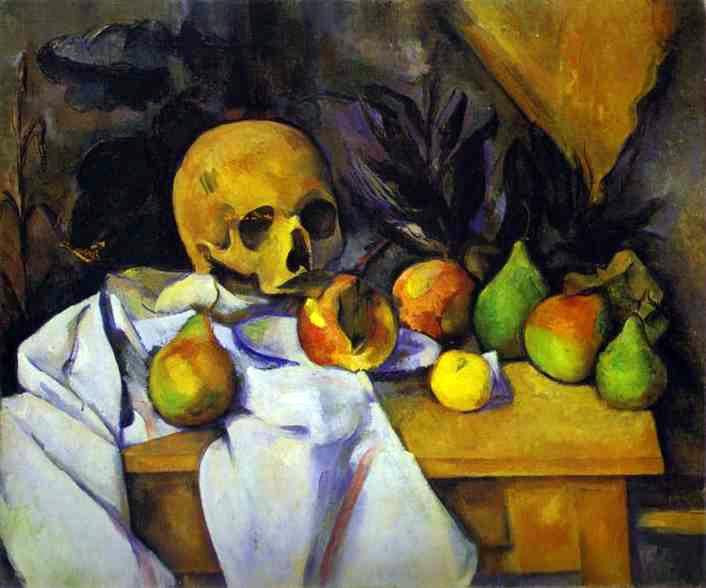
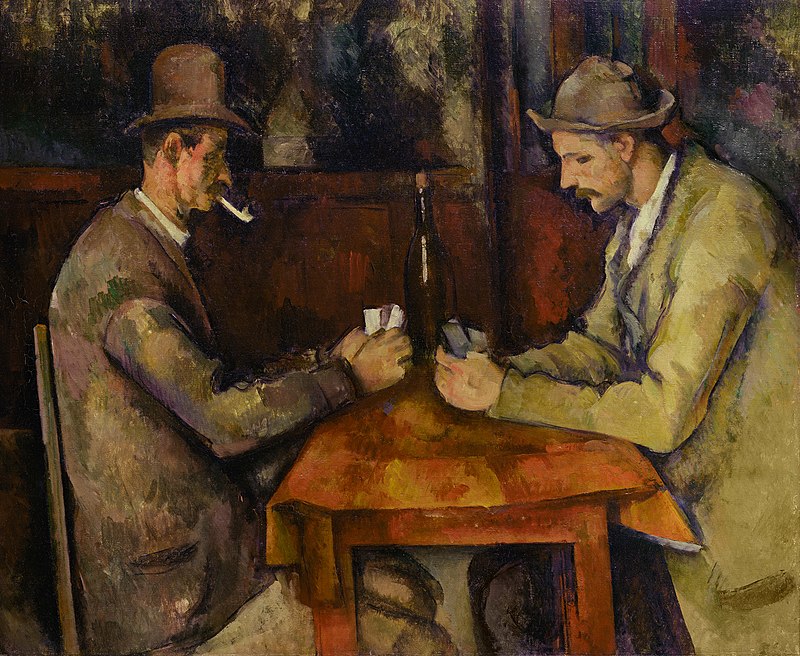
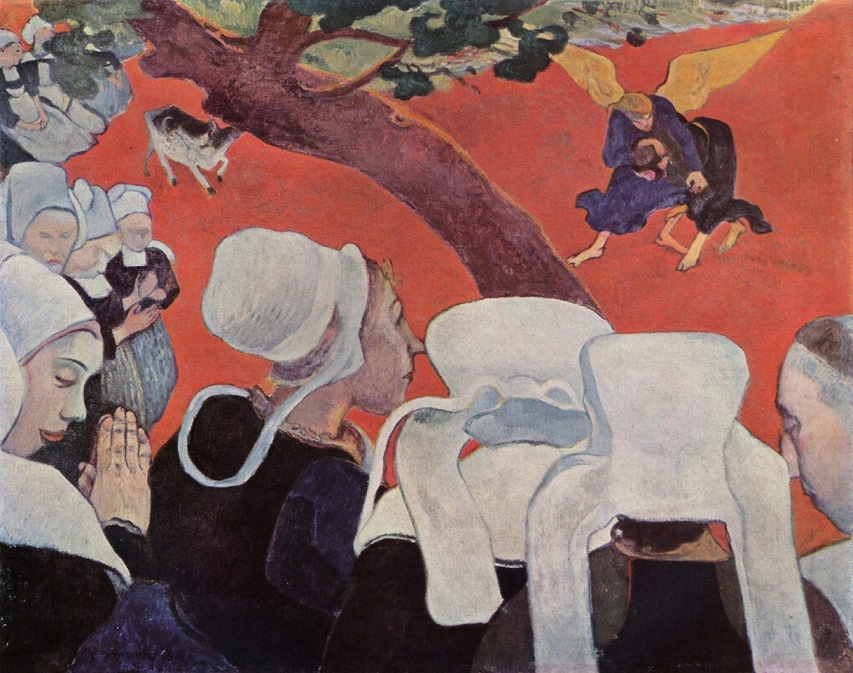
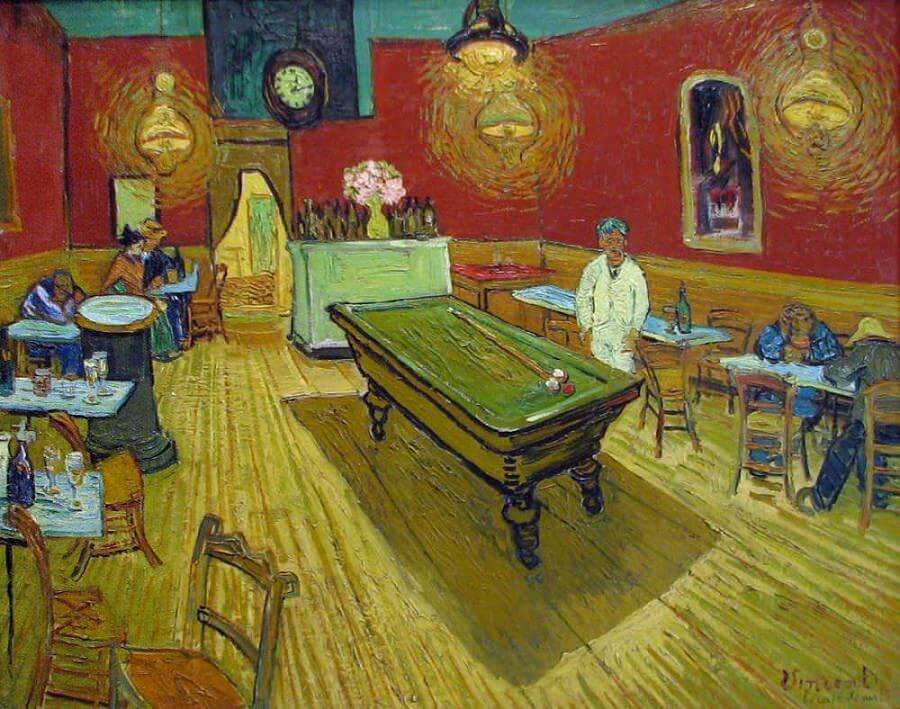
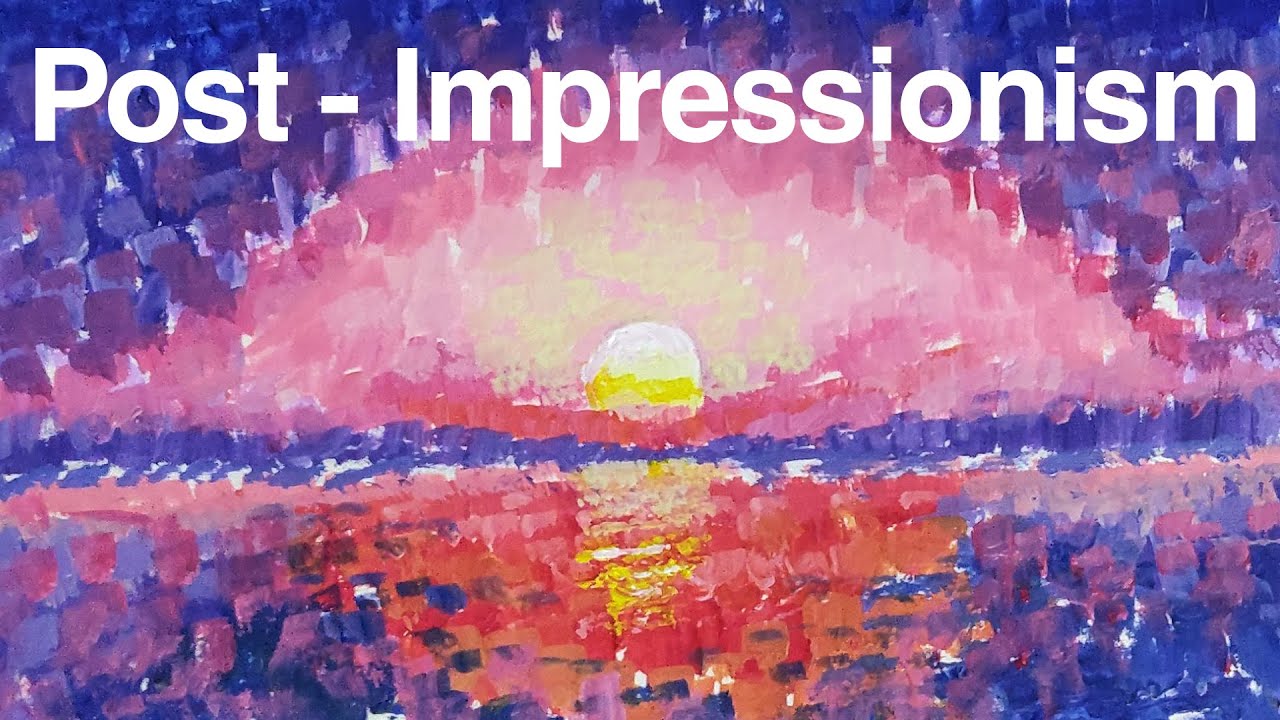
Post-impressionism is a predominantly French art movement that developed roughly between 1886 and 1905, from the last Impressionist exhibition to the birth of Fauvism.
Post-impressionism emerged as a reaction against Impressionists' concern for the naturalistic depiction of light and color. It generally refers to the art styles which were againsit the proposition of Impresionism. The movement was led by Paul Cezanne (known as father of Post-impressionism), Paul Gauguin, Vincent van Gogh, and Georges Seurat.
Post-impressionists extended Impressionism while rejecting its limitations: they continued using vivid colors, often thick application of paint, and real-life subject matter, but were more inclined to emphasize geometric forms, distort form for expressive effect, and use unnatural or arbitrary color. They were not satisfied with depicting the objective world. Instead, they thought artworks should reveal the subjective world and reflect artists' own subjective ideas, emotions and spirits. They emphasized on the irreplaceability of painting art.
Post-impressionism was the great beginning of Western modern art. It directly led to the birth of many art genres and concepts in the 20th century.